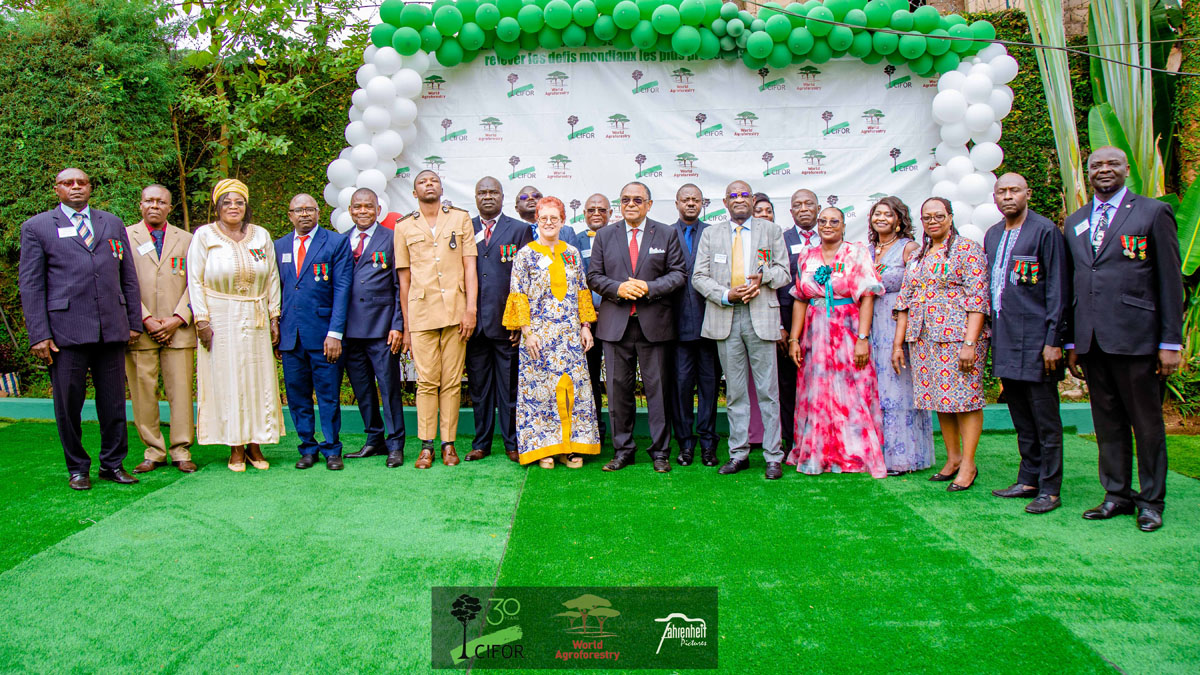Land health information across large areas is instrumental in understanding land degradation trends and patterns across the landscape, especially in those areas in Africa which support a growing population dependent on land-based resources. This study was carried out at four sites in Malawi, three containing important agricultural systems and one currently subject to great ecological disturbance. The Land Degradation Surveillance Framework was used to characterize land health and provide information needed to target areas at high risk for land degradation for management practices that provide increased soil cover and increased soil organic matter, so that these soils might become are resilient to environmental stresses. Among the four sites, the one in Ntchisi district (Visa) was the most heavily cultivated, followed by the sites in Kasungu (Kasu) and Salima (Sali) district. The site in Neno district (Mwan) was the least cultivated. The most prevalent HISD was root restriction at the 20-50cm depth, and was most prevalent at Mwan site. Kasu site contained the greatest cultivated area of soils with high inherent soil degradation risk (HISD). Soil analysis from Kasu site showed a deficit in soil organic carbon (SOC) in cultivated fine-textured soils, compared to semi-natural finetextured soils, indicating nutrient mining from cultivation, and also indicating fallowing as a possible solution to the decline in soil fertility. The Mwan site contained the highest proportion of shrubs compared to trees, indicative of high current rates of wood harvesting from the landscape. These areas within these sites and surrounding districts should be targeted for education in soil protection practices appropriate to each farming system, and provision of incentives that bring these practices within reach of the farmers managing the landscape. As Malawi transitions from subsistence agriculture to production to meet the needs of growing urban and industrial populations, care must be taken to protect the health of the land for the benefit of both current and future populations.
DOI:
https://doi.org/10.5716/WP14254.PDF
Altmetric score:
Dimensions Citation Count:
























